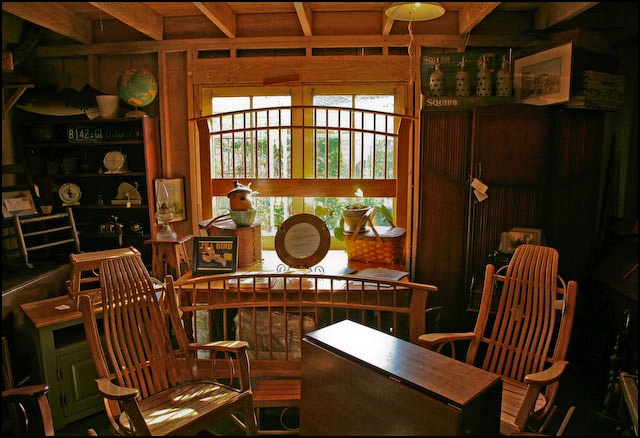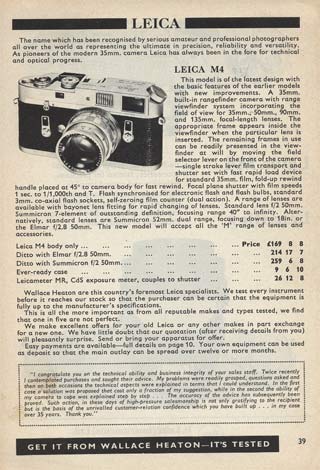And some economics.
I dropped the three best snaps from yesterday’s foray with the Canon EOS 5D into Photoshop, added some unsharp masking (I use settings of 125/1/1 or thereabouts), bypassed the dust spotting step as there’s no film involved (hope that sensor stays clean!) and printed them on my Epson 1270 ink jet printer on Epson Premium Lustre Photo Paper. This has a nice mixture of sheen, for definition, and matt stippling to avoid looking too garish. Well, I have to say the results rival 4″x5″ film originals for creamy smoothness in large areas devoid of detail and equal or exceed medium format for sharpness and resolution. That creamy smoothness is simply not available in 35mm film originals at these enlargement ratios. The dynamic range, meaning the extremes from black to white, is clearly superior to either 35mm or medium format, reflected in the ability to capture lots of detail in poorly lit or low contrast areas. And I’m not even trying. These are auto-everything prints with the camera set as the factory shipped it, with definition set to JPG fine.
Mission accomplished. One quarter of the bulk of medium format and better quality than available on rapidly dying film. The EOS 5D is a stake in the heart of the Big Yellow God in Rochester. Goodbye Rolleiflex and Mamiya. We had a nice time together.
Take this image as an example. Extreme contrast range, white whites, cavernous blacks. In other words, a traditional printer’s nightmare. However, one click and the Epson puts out a perfect 13″ x 19″ print a few minutes later.

Looking at the EXIF data for the picture in Photoshop (˜File Info”) I learn it was taken at the lens’s shortest focal length of 24mm at 1/30th at f/6.3. Handheld of course, with lack of motion blur attributable more to Canon’s IS technology than the photographer’s (not so) steady hand.
You can clearly see the barrel distortion introduced by the optics reflected in the bowing of the cross beam in the ceiling, though I understand a RAW file will allow easy correction of this. If there is color fringing at the corners from this fairly wide angle setting, I cannot see it, though once again Photoshop CS2 provides for correction of such aberrations.
OK, so now I’m feeling better about blowing $4,500, even if the gear was free after all those medium format sales. But how expensive is it, as a 2006 state-of-the-art piece of equipment? 1969 is a significant year for me. It was when I started saving for my Leica M3, finally purchased, used, in 1971. At that time, there were but two camera stores in London – Wallace Heaton and the Rest. Wallace Heaton, you see, provided cameras to Her Majesty QEII, the wonderful Queen Mother and the not so wonderful Duke of Edinburgh. Indeed, you can see the Queen on a UK postage stamp, headscarf and all, her Leica M3 held with the hands of an expert. Luckily for her, Ernst Leitz, Wetzlar gave her that one free, so she didn’t even have to sully her hands with commerce at the Wallace Heaton store. Still, I suppose she still had to buy film.

Before those days of internet pop-up ads, Wallace Heaton published a small paperback annually, known to one and all as the Blue Book, named after the color of its cover. No prizes for originality, true, but an icon of the times. So I checked the price of the current Leica, the M4, in the Blue Book for 1969 and this is what I saw:

That £169.8.8, equal to $474.41 in real money back then or $5,799.05 inflated at 7% annually through today. And lest you think the Leica was premium priced back then, the best SLR then made, the Nikon F, sold for almost exactly the same amount.
So now I’m not feeling too badly about the $3,000 I paid B&H for the EOS 5D body.
And as for the long line of Japanese waiting to buy my Leica M3 at 40 cents on the dollar, let me repeat: “It’s not for sale”. Yet. Heck, when the Nikkei hits 30,000 you can prise it from my clutches for $5,000. Maybe.
One of the reasons advanced for digital photography is that it is cheap. After all, no film or chemical processing is involved. Now I have to say this strikes me as sheer rot for those seeking to make big prints for wall hanging. I average three pictures a roll of film that I want to print big. With 4″ x 5″ film more like 75%. That large, slow-working format encourages economy of effort and cuts waste dramatically. So if it costs $10 for a roll of processed 35mm film of 24 exposures, that figures to some $3 per processed success. Printing on an ink jet adds maybe $2 for the large sheet of paper and $2 for the inks, so we have $7 so far, all told. Now buy a matte, a mounting board, glass, the frame and hanging hardware and your all in cost for a beautiful 22″ x 28″ framed, matted print skyrockets to $70. How, pray, is the $3 saved on film material to this equation? So if you are buying digital to save on film costs, you need to rethink the economics.
Unless, like most photographers, you never display your work properly mounted and framed.